Creating a welcoming and inspiring environment in your art studio is essential for fostering creativity. Throughout my years as an artist, I have learned that the right decor can help set the mood, boost motivation, and enhance productivity. In this article, we’ll explore various art studio decor ideas, covering everything from color palettes to organizational tips, to help you design the perfect space that reflects your style and nurtures your creativity.
Understanding the Importance of Art Studio Decor
Your art studio is your sanctuary. It’s a place where ideas flourish and creativity knows no bounds. Therefore, having a well-thought-out decor can profoundly impact not just your output but also your overall well-being. Here are some key benefits of investing time in your studio decor:
- Boosts Creativity: A thoughtfully decorated space can inspire new ideas and encourage innovation.
- Enhances Focus: A clutter-free and organized environment helps minimize distractions.
- Reflects Personal Style: Your studio should be an extension of who you are as an artist, showcasing your personality and creative vision.
- Creates a Positive Atmosphere: A pleasant environment can elevate your mood and make the creative process more enjoyable.
Setting the Foundation: Essential Elements of Art Studio Decor
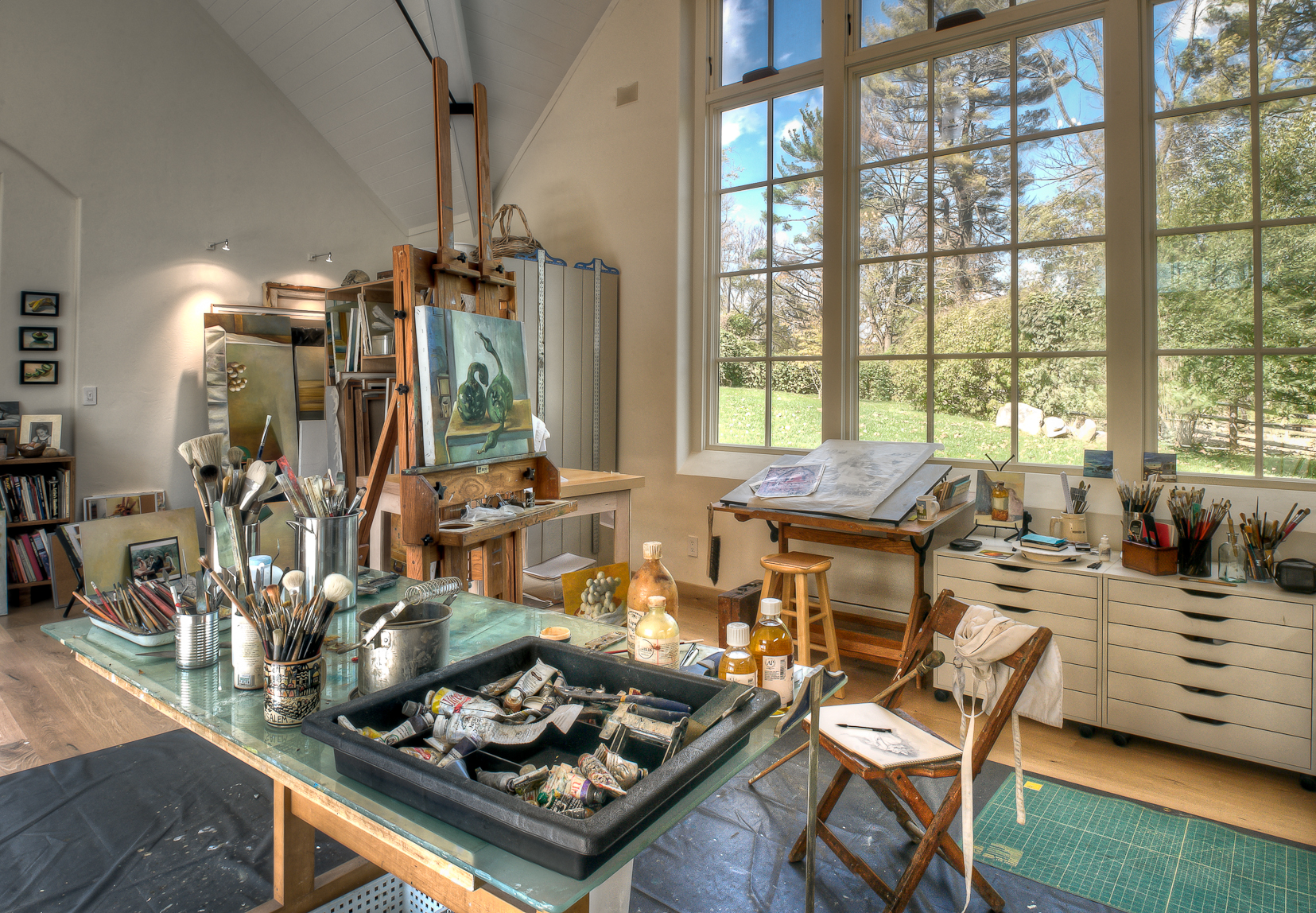
Color Schemes That Inspire
Choosing the right color palette is one of the first steps in creating a beautiful art studio. Colors can evoke emotions and set the tone for your workspace.

- Warm Colors: Reds, oranges, and yellows can stimulate energy and creativity.
- Cool Colors: Blues and greens are calming and can help you concentrate.
- Neutral Colors: Whites, grays, and beiges provide a clean backdrop that allows your artwork to shine.
Popular Color Combinations
| Color Combination | Effect |
|---|---|
| Warm Reds & Soft Whites | Inviting and energizing |
| Calming Blues & Natural Wood | Soothing and earthy |
| Neutral Grays & Bright Accents | Modern and dynamic |
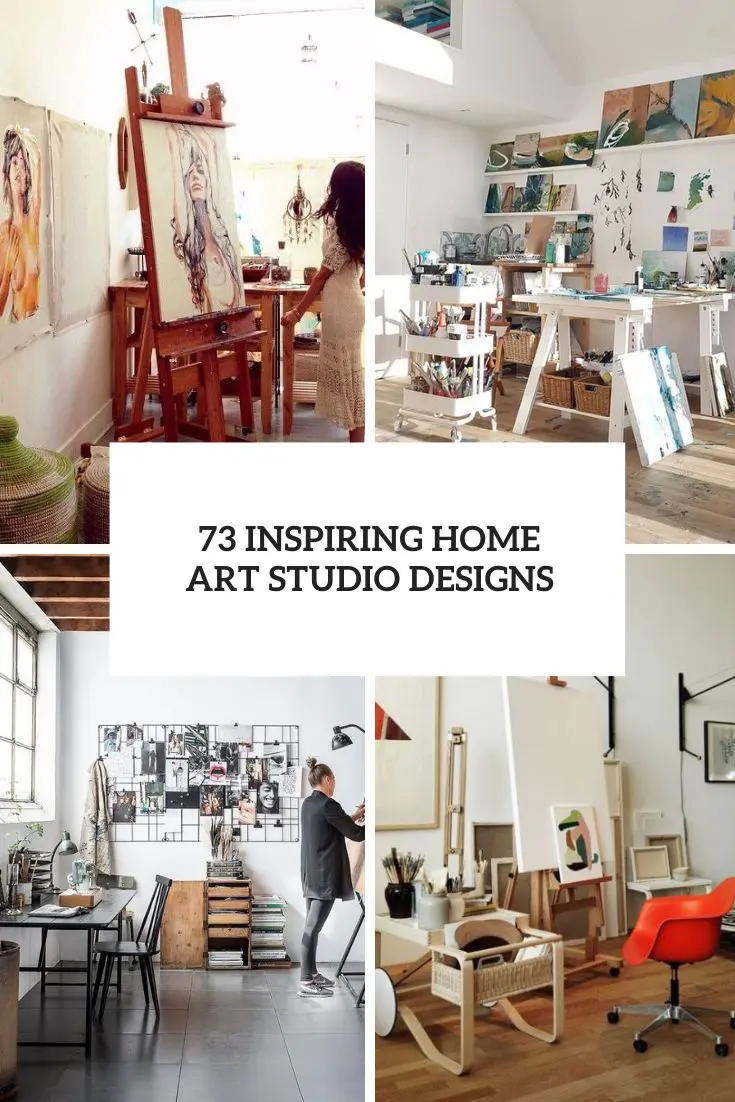
Furniture Choices: Functional Yet Stylish
When it comes to art studio furniture, functionality should be a priority. Here are some essential pieces to consider:
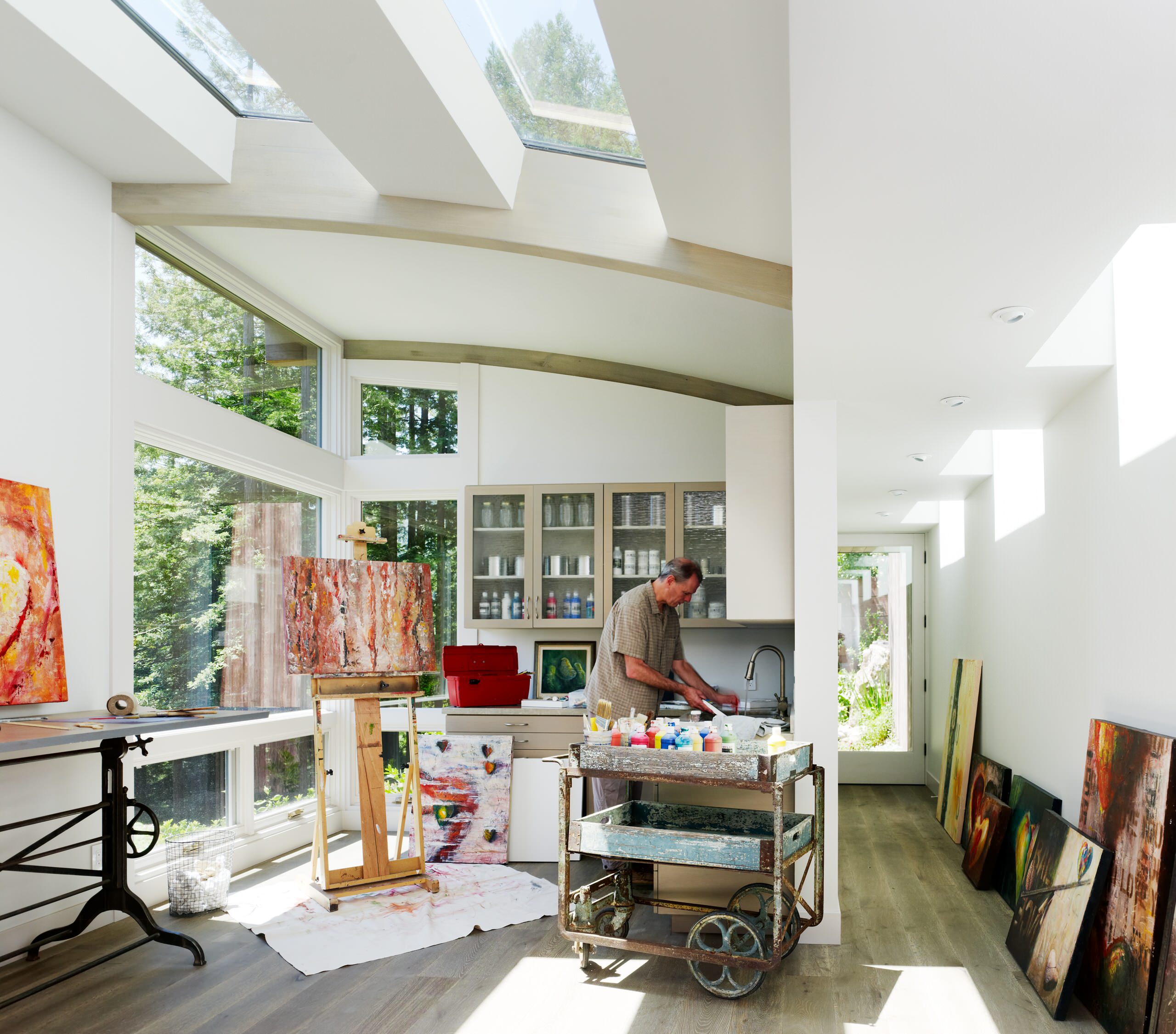
- Art Tables: Consider a large, sturdy table with ample surface area for painting or drawing.
- Storage Solutions: Shelves, drawers, and carts for organizing supplies.
- Comfortable Seating: Ergonomic chairs or stools that support long hours of work.
Pros and Cons of Different Furniture Materials
| Material | Pros | Cons |
|---|---|---|
| Wood | Durable, classic aesthetic | Can be heavy, higher price point |
| Metal | Modern look, easy to clean | Can be cold, less comfortable |
| Plastic | Lightweight, budget-friendly | Less durable, can look cheap |

Incorporating Personal Touches
Art Displays: Showcasing Your Work
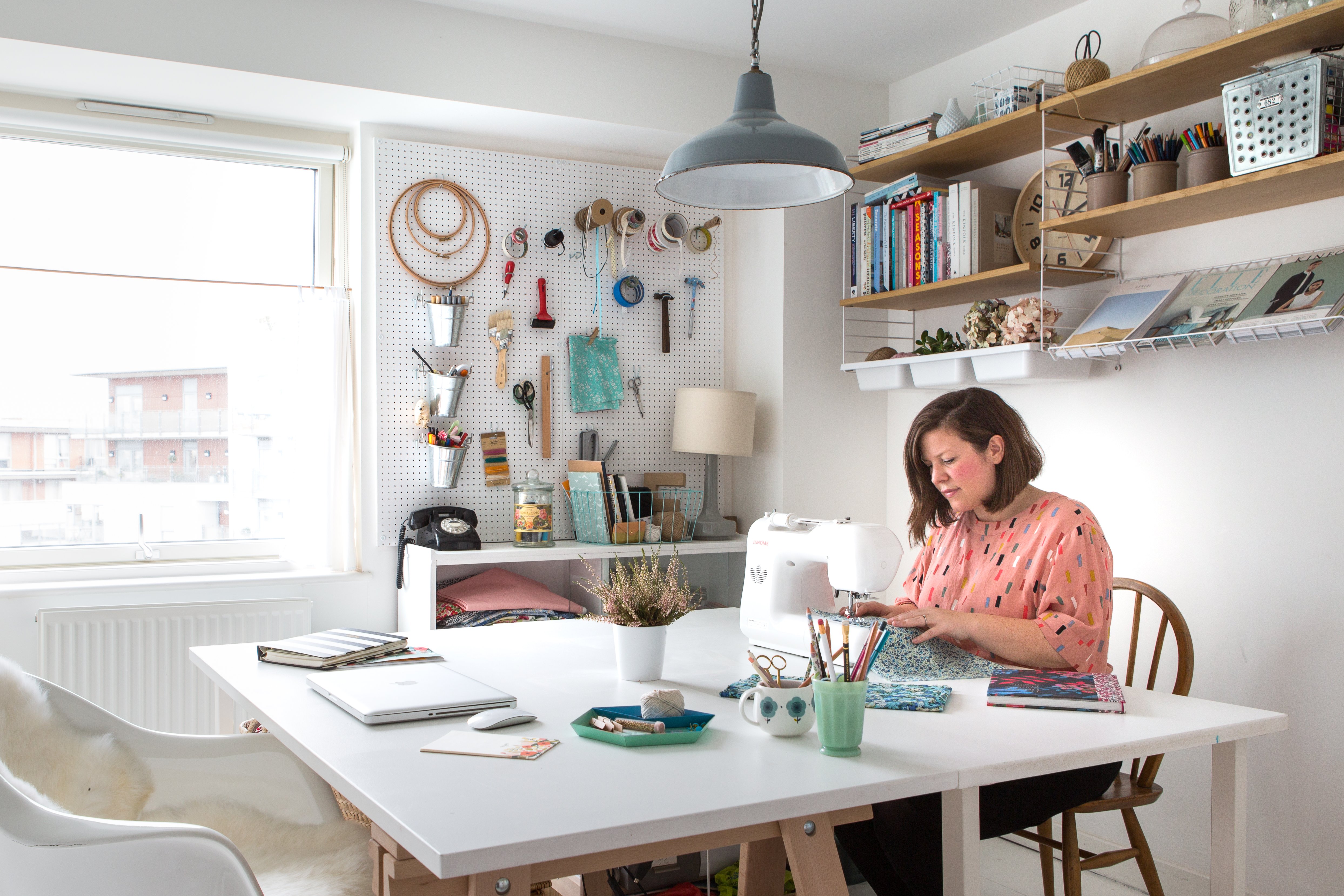
Displaying your art pieces not only personalizes the space but also gives you a sense of pride as you walk into your studio. Here are some ways to do it:
- Gallery Wall: Create a dedicated wall to showcase your favorite pieces, framing them in a cohesive way.
- Floating Shelves: Use shelves to display smaller artworks, books, and decorative items.
- Clipboards or Wire Grids: Rotate your artwork regularly using clipboards or wire grids for a dynamic display.
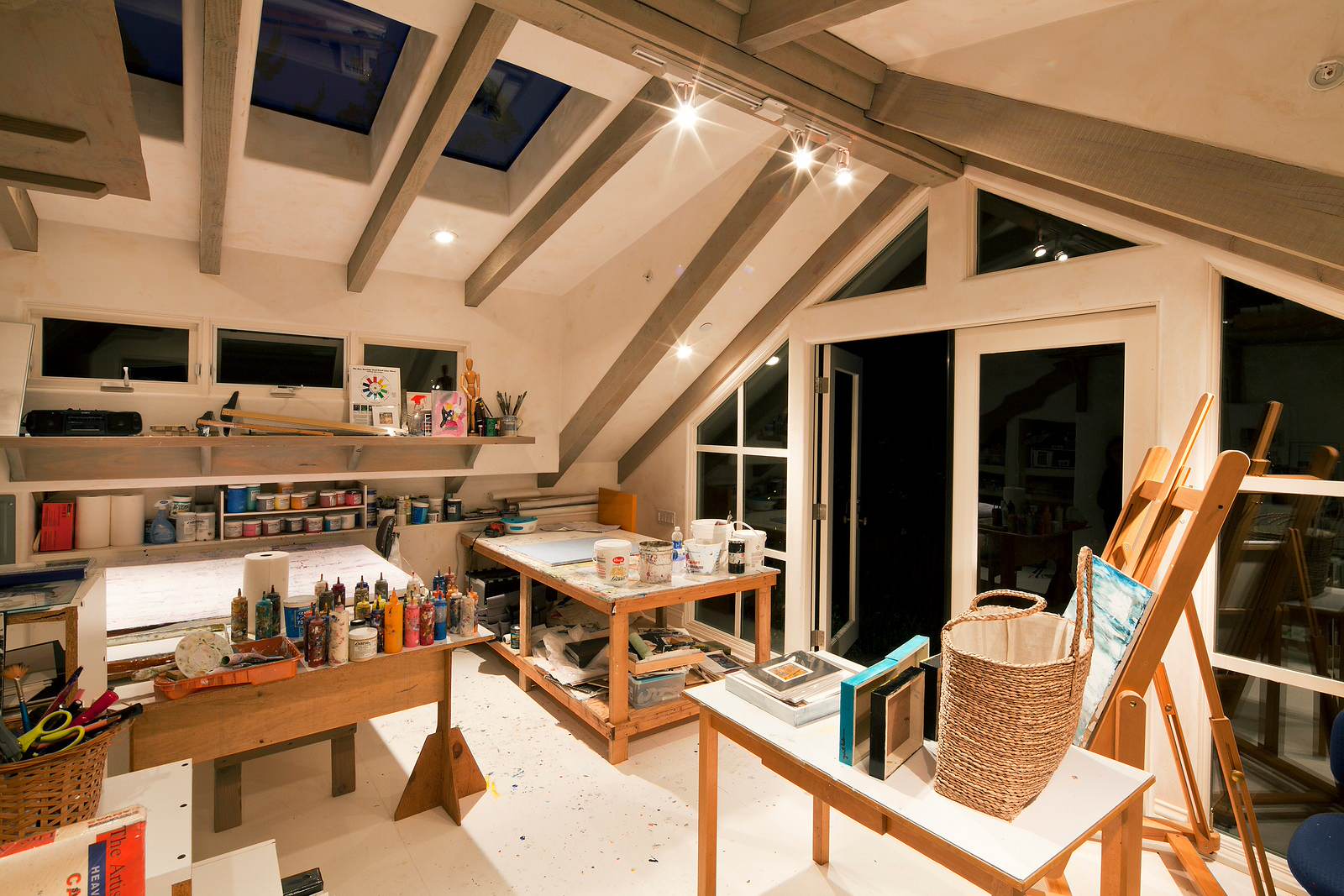
Inspiration Boards: Fuel Your Creativity
Having a dedicated space for inspiration can significantly impact your creative process. Here’s how to create one:
- Pin Boards: Use cork boards or fabric-covered boards to pin images, sketches, and clippings that inspire you.
- Digital Inspiration: Consider using a digital platform to curate images and ideas that you can refer to while working.
Organizational Tips for a Clutter-Free Studio
Storage Solutions for Every Size Studio
From small corner nooks to spacious lofts, organization plays a crucial role in maintaining a productive workspace. Below are effective storage solutions:
- Baskets and Bins: Use these for easy-to-access storage, keeping supplies sorted by type or project.
- Rolling Carts: Perfect for mobile storage, allowing you to move art supplies wherever you need them.
- Wall Units: Maximize vertical space by utilizing wall-mounted shelves and units.
Decluttering Strategies
Decluttering can be daunting, but it is essential in creating a functional art studio. Here are some tried and tested strategies:
- Regular Purging: Set aside time to go through materials and remove anything you no longer need or use.
- One In, One Out: For every new supply you purchase, consider letting go of an old one, maintaining a balanced inventory.
- Labeling: Clearly label boxes and bins to make finding items easier and keep your studio organized.
Creating a Multi-Functional Space
Studio Zoning for Different Activities
If you’re working on various projects, creating distinct zones within your studio can enhance efficiency. Here’s how:
- Painting Zone: Dedicate a space with easels and storage for paints and brushes.
- Crafting Area: Organize tools and materials for crafting in a separate section.
- Relaxation Nook: Create a cozy corner with a comfortable chair and reading lamp for inspiration breaks.
Natural Elements in Your Art Studio Decor
Incorporating Plants for a Fresh Environment
Adding greenery not only beautifies your studio but can also improve air quality and boost your mood. Here are some plants ideal for art studios:
- Snake Plant: Low maintenance, thrives in various lighting.
- Spider Plant: Great for air purification and easy care.
- Pothos: Versatile, trailing plant that can be hung or placed on shelves.
Benefits of Adding Plants
- Enhances creativity and focus.
- Improves air quality.
- Brings a sense of calm and relaxation.
FAQs About Art Studio Decor Ideas
What is the best color for an art studio?
The best color for an art studio varies depending on your personal preferences. However, many artists prefer warm colors for energy or cool colors for focus. Neutral colors can also provide a blank canvas for your creative works.
How can I make my small studio feel larger?
Utilizing light colors, mirrors, and multi-functional furniture can help create an illusion of space. Keep your decor minimal to avoid overwhelming the area.
What lighting is best for an art studio?
Natural light is ideal for an art studio. However, if that’s not possible, invest in quality daylight-balanced LED lighting to replicate natural light and reduce eye strain.
How do I organize art supplies effectively?
Consider sorting supplies by type or project and use clear containers so you can see what you have. Regularly declutter and maintain a “one in, one out” approach to keep your space manageable.
Conclusion: Your Journey to an Inspiring Art Studio
Transforming your art studio doesn’t have to be overwhelming—start small and gradually integrate the ideas that resonate with you. From thoughtful decor choices to effective organization, your creative space should reflect your artistic journey and inspire greatness. Remember, the most important element is to create a space where you feel comfortable and excited to explore your creativity. Happy decorating!